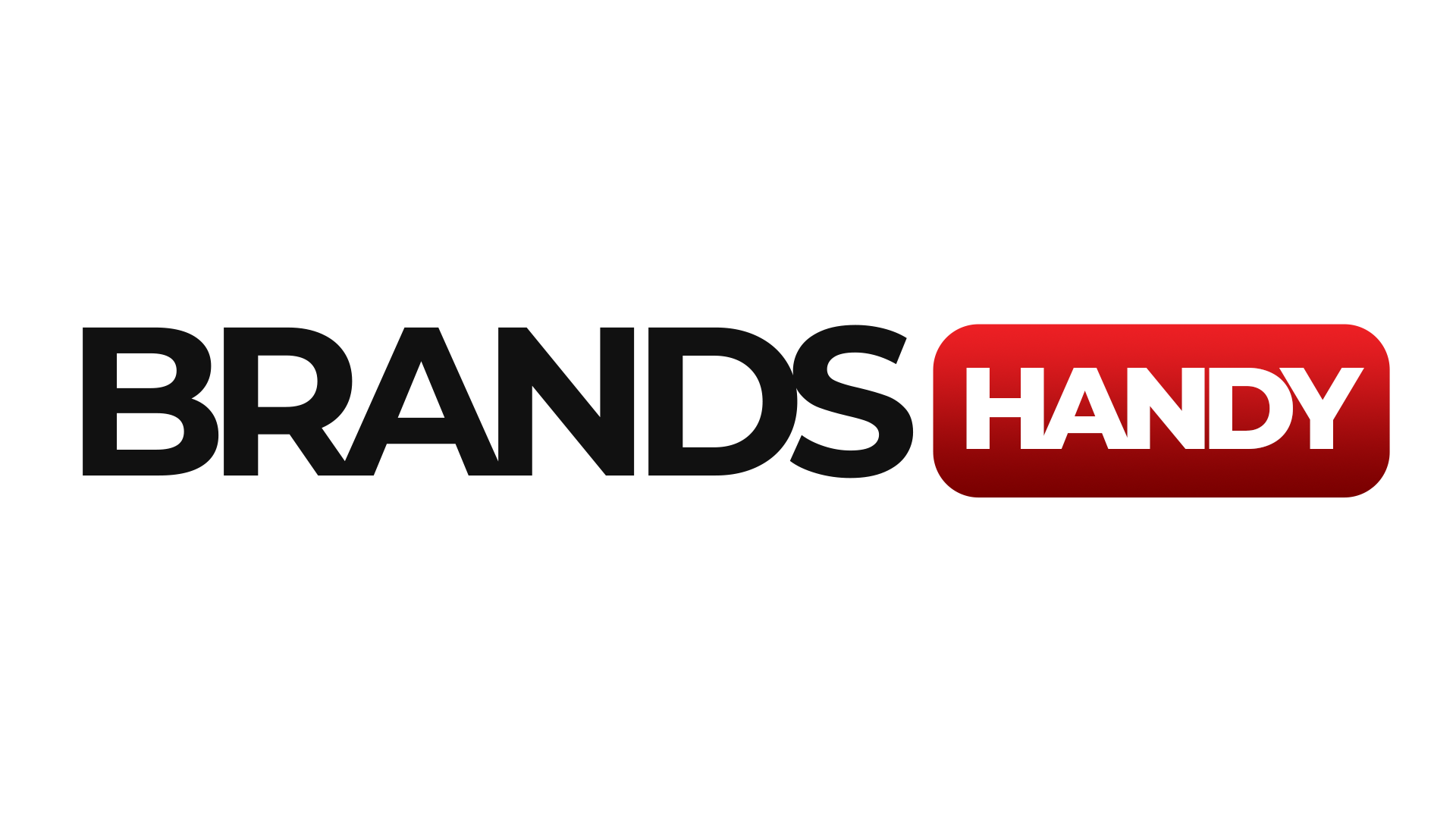
Paid vs. Organic Social Media Marketing: What’s Best for Your Brand?
Paid vs. Organic Social Media Marketing: What’s Best for Your Brand?
Introduction
In today’s digital landscape, social media is one of the most powerful tools for brand growth. However, businesses often find themselves choosing between paid and organic social media marketing—or struggling to strike the right balance. While organic social media helps build trust and long-term engagement, paid marketing accelerates reach and drives targeted conversions. But which one is right for your brand? Let’s break it down.
What is Organic Social Media Marketing?
Organic social media marketing refers to unpaid content that reaches your followers naturally. This includes posts, stories, videos, and interactions that grow your audience over time through authentic engagement.
Benefits of Organic Social Media
✔ Builds Brand Trust & Loyalty – Engaging content helps you connect with your audience authentically.
✔ Encourages Community Engagement – Conversations, shares, and interactions boost organic visibility.
✔ Cost-Effective Strategy – No direct ad spend required; growth comes from consistent effort.
✔ Strengthens Long-Term Relationships – Organic social media fosters brand awareness and credibility.
Challenges of Organic Social Media
❌ Takes Time to Grow – Audience growth and engagement require patience.
❌ Limited Reach – Social media algorithms prioritize paid content, making organic reach harder to achieve.
❌ Less Control Over Targeting – Your posts reach only a fraction of your followers without paid promotion.
What is Paid Social Media Marketing?
Paid social media marketing involves running sponsored content or advertisements to reach a targeted audience. Platforms like Facebook, Instagram, LinkedIn, and TikTok offer paid ad options to boost reach, drive traffic, and generate leads.
Benefits of Paid Social Media
✔ Increases Reach Instantly – Ads help your brand appear in front of the right audience quickly.
✔ Advanced Targeting Options – Target users based on demographics, interests, behavior, and more.
✔ Scalable & Measurable Results – Track conversions, clicks, and ROI through analytics.
✔ Drives Conversions & Sales Faster – Ideal for lead generation and e-commerce brands.
Challenges of Paid Social Media
❌ Requires Budget – Unlike organic marketing, paid campaigns need an advertising budget.
❌ Needs Ongoing Optimization – Constant monitoring and adjustments are required for optimal performance.
❌ Short-Term Focus – Once ads stop running, visibility declines.
The Best Strategy: A Combination of Both
For the most effective social media marketing strategy, businesses should leverage both organic and paid approaches. Here’s how:
1. Start with a Strong Organic Foundation
- Post consistently with high-quality content.
- Engage with your audience through comments and messages.
- Utilize trending hashtags and community features.
2. Use Paid Ads to Amplify Growth
- Boost high-performing organic posts.
- Run targeted ads for promotions, events, or product launches.
- Use retargeting strategies to convert warm leads into customers.
3. Measure and Adjust Regularly
- Track engagement, reach, and conversion metrics.
- Test different ad creatives and targeting methods.
- Adjust your content strategy based on insights.
Conclusion
Both paid and organic social media marketing play crucial roles in building a successful brand online. Organic marketing builds credibility and long-term relationships, while paid marketing drives immediate visibility and sales. Instead of choosing one over the other, brands should aim for a balanced strategy that uses the strengths of both approaches.
At BrandShandy, we help businesses find the perfect mix of organic and paid social media marketing to maximize their growth. Whether you need authentic engagement or data-driven ad campaigns, we’ve got you covered!


